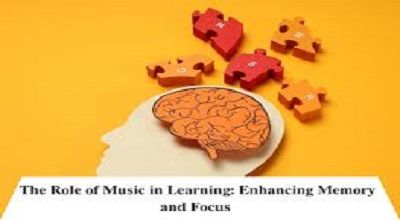Activating Learning by Milling to Music
Now here we are sharing Activating Learning by Milling to Music. Milling to music, also known as “active learning by milling,” is an educational technique that combines physical movement with music to engage students and enhance their learning experience. This approach is particularly popular in early childhood education and has been found to be effective in various settings.
Here’s how you can activate learning by milling to music:
Select Appropriate Music: Choose music that is upbeat and age-appropriate for your students. The tempo and style of the music should match the activity and the age group of the learners. You can use instrumental music or songs with lyrics, depending on the context.
Plan Learning Activities: Determine the learning objectives and content you want to cover through this activity. You can use milling to music for a variety of activities, such as brainstorming, problem-solving, concept exploration, or even just as a fun energizer.
Set Up the Space: Arrange the classroom or learning space to accommodate the physical movement of the students. Ensure there’s enough room for them to walk around comfortably without any obstacles.
Brief Students: Explain the activity to the students and let them know how the music will be used. You can let them know that they will be moving to the music and engaging in specific tasks during the activity.
Start the Music: Begin playing the selected music. You can control the music through a speaker system or a portable music player. Make sure the volume is appropriate for the space.
Read more…
Engage in Learning Tasks: While the music is playing, have students engage in the learning tasks. These tasks can include group discussions, problem-solving activities, or exploring different learning stations. The movement should be purposeful and related to the learning objectives.
Monitor and Facilitate: As the students are milling around, observe their interactions and participation. You can provide guidance, answer questions, and facilitate discussions as needed.
Transition and Debrief: When it’s time to transition to the next phase of the lesson, gradually lower the volume of the music. Gather the students and debrief the activity, discussing what they learned and how it relates to the lesson.
Reflect and Apply: Encourage students to reflect on their experiences and connect them to the learning goals. Discuss how the activity relates to the topic being studied.
Assessment: Depending on the objectives of the activity, you can assess the student’s understanding through discussions, presentations, or written assignments.
Last Words
Activating Learning by Milling to Music can be an effective way to engage students and create a dynamic learning environment. It promotes active participation, collaboration, and a sense of enjoyment in the learning process. Remember to adapt the approach to the age and needs of your students and be creative in how you integrate movement and music into your lessons.
